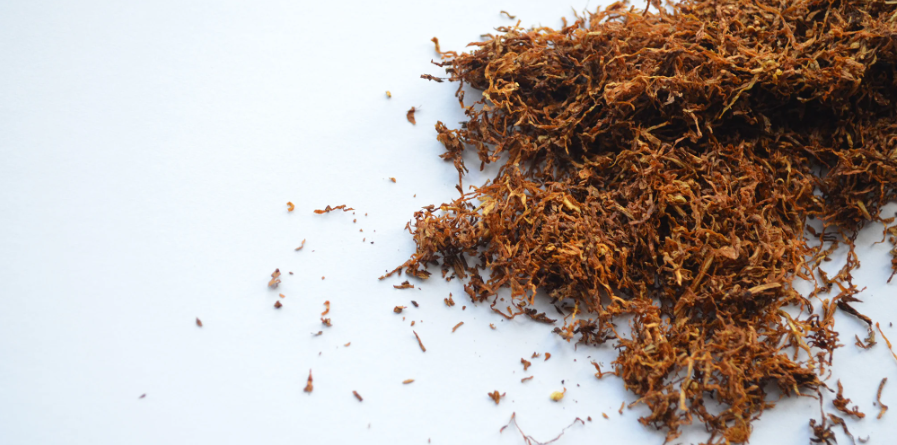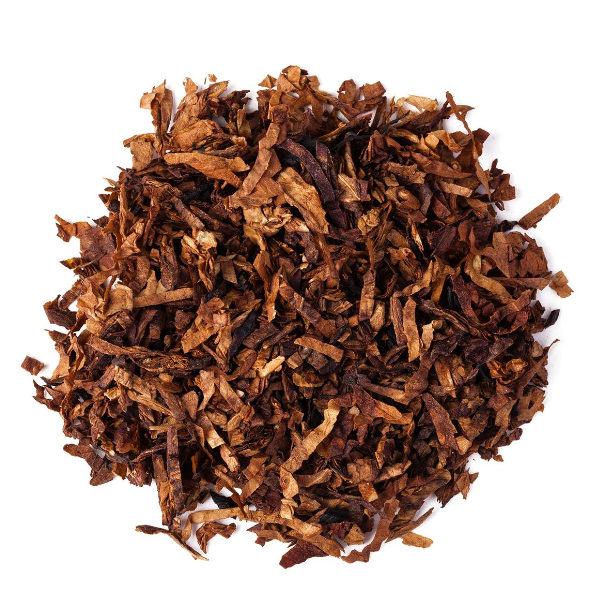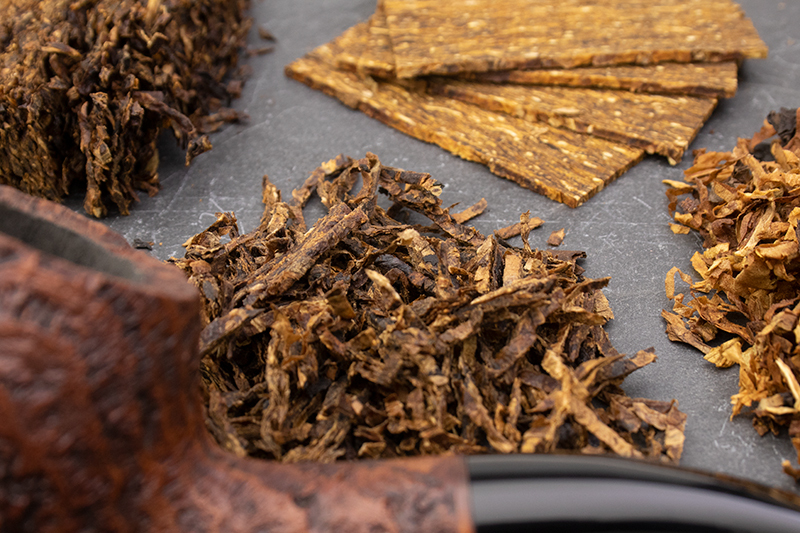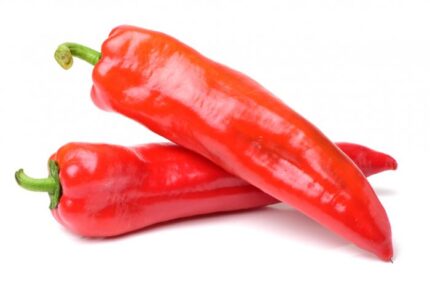Description
Tobacco happens to be the common name of many plants in the genus Nicotiana of the family Solanaceae, and the general term for any product prepared from the cured leaves of these plants. More than 70 species of tobacco are known, but the chief commercial crop is N. tabacum.
What does tobacco do to your body?
A person who smokes throughout their life is at high risk of developing a range of potentially lethal diseases, including: cancer of the lung, mouth, nose, larynx, tongue, nasal sinus, esophagus, throat, pancreas, bone marrow (myeloid leukaemia), kidney, cervix, ovary, ureter, liver, bladder, bowel and stomach.
What’s tobacco used for?
Tobacco is a plant (Nicotiana tabacum and Nicotiana rustica) that contains nicotine, an addictive drug with both stimulant and depressant effects. Tobacco leaves are used to make products that can be consumed in different ways: smoked in cigarettes, cigars or pipes. smoked in loose form in hookahs (water pipe)













